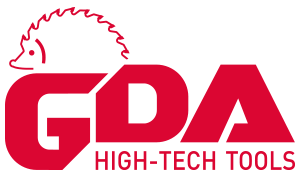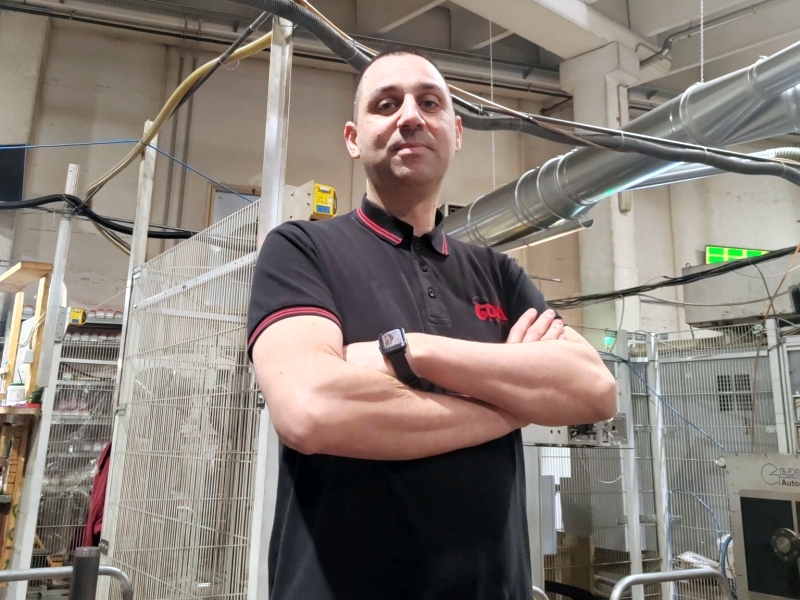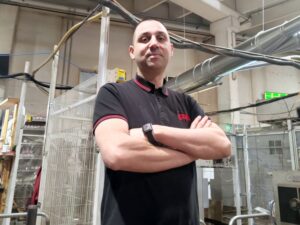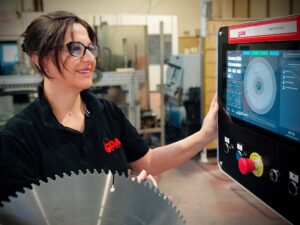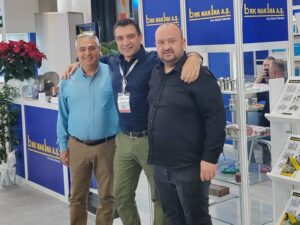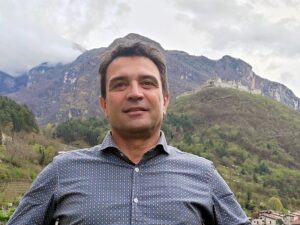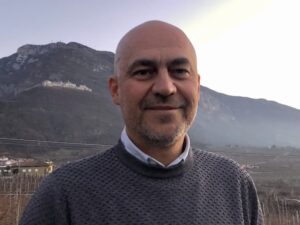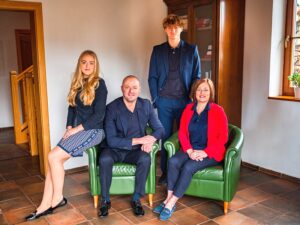Iuri Cadei, head of GDA’s production department, shares his vision of the company’s future.
He talks about the importance of automation and investment in advanced technology to improve quality and efficiency, the transition to a new production site, and the added value of customised products.
The move to the new plant will mark a turning point, allowing streamlining of flows and supporting future growth.
Mr Cadei, you head GDA’s production department after experience in other engineering companies. Tell us about your career path and the skills you have developed over the years.
During my career in various engineering companies, I have acquired skills mainly in the areas of cost management and productivity optimisation. These are cross-cutting issues common to all manufacturing companies, regardless of the specific sector.
In addition to this, I have gained experience in managing machinery and technical aspects of production, which may vary from one company to another. However, the basic principles of reducing costs and maximising efficiency always remain valid and applicable in any context.
What motivated you to join GDA and what were your first impressions of the company and the team you lead?
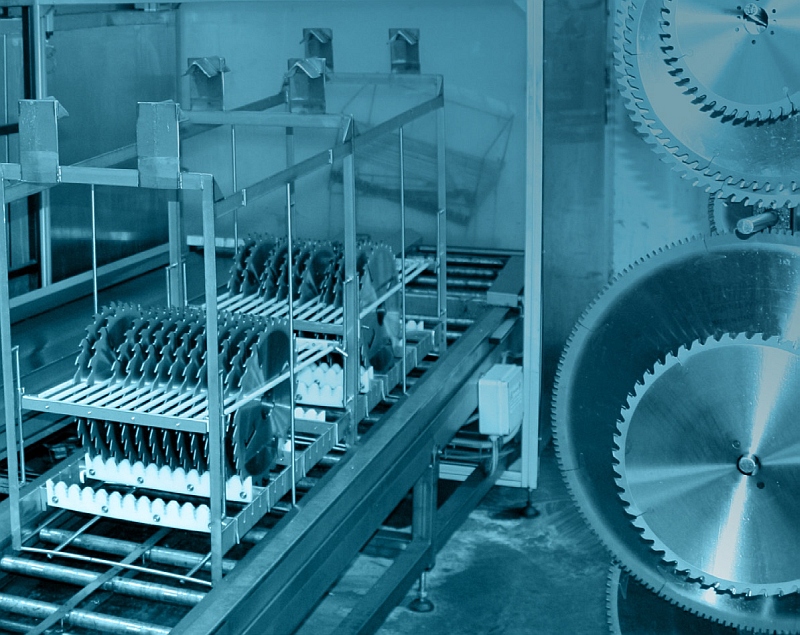
I joined GDA thanks to Gianluca and Donatella, the current owners of the company, with whom I had the opportunity to interface directly. Their vision and determination to grow the company impressed me right from the start.
GDA has experienced substantial growth since 2020, but has maintained an artisanal dimension, with the owners used to running everything themselves. However, with the increase in personnel, this management method became more complex and led to an overload of work for Gianluca and Donatella.
Their willingness to transform GDA from an artisan business to a small industry intrigued me and prompted me to join the team. Currently, the is going through a transition phase company once the move is complete, the company will benefit from more space and a better organisation.
What are the biggest challenges you face daily in your role?
The main challenge is the continuous updating of technology. We can say that in the field of circular saw blades the technology is well established: we start with a sheet of steel and the techniques to produce a finished blade are well known.
The real challenge lies in constantly improving quality, refining processes to meet a growing demand for better performing and more durable products. The market is full of blades, but few stand out for excellence in terms of precision and strength.
To achieve this, it is essential not only to upgrade machinery, but also to train personnel, ensuring that they are qualified and able to support this continuous growth process.
What innovations is the company considering to keep the production department at the forefront of the industry and what benefits do you expect to achieve?
We are moving in two directions to keep the production department at the cutting edge. The first is automation, which not only helps reduce low value-added physical work, such as moving parts, but also ensures the repeatability and standardisation of production processes.
Secondly, we are investing in new machinery. Currently, we already have advanced technology, but the purchase of the latest machinery will enable us to further improve the precision and quality of our products. If in the past we were satisfied with an accuracy of a tenth of a millimetre, today we are aiming for a hundredth of a millimetre.
These investments in automation and new machinery will allow us to strengthen our competitiveness in the market and meet the requirements of the most demanding customers.

Your experience in other engineering companies has certainly given you a broad view of the industry. What makes GDA unique in the competitive landscape and what are its distinctive strengths?
Our main strength is our extraordinary production flexibility. We are able to adapt quickly to different demands, switching easily from one type of circular sawblade to another.
Unlike some of our main competitors, who produce much larger numbers but with a limited range of standardised models, we offer a wide variety of customisable circular sawblades.
This customisation capability stems from our craftsmanship philosophy, which allows us to respond to specific customer requests, even for small batches of two or three pieces, something many other companies do not do.
This flexibility translates into added value: the customer is not only looking for a competitive price, but also for a service that meets special requirements. This is why, when there is a need for tailor-made products, GDA is an ideal choice.
This is where we truly differentiate ourselves, offering unique solutions that meet the individual needs of our customers.
GDA is moving to new, larger and more modern premises. What opportunities do you see for the production area and how are you planning this transition to maximise efficiency?
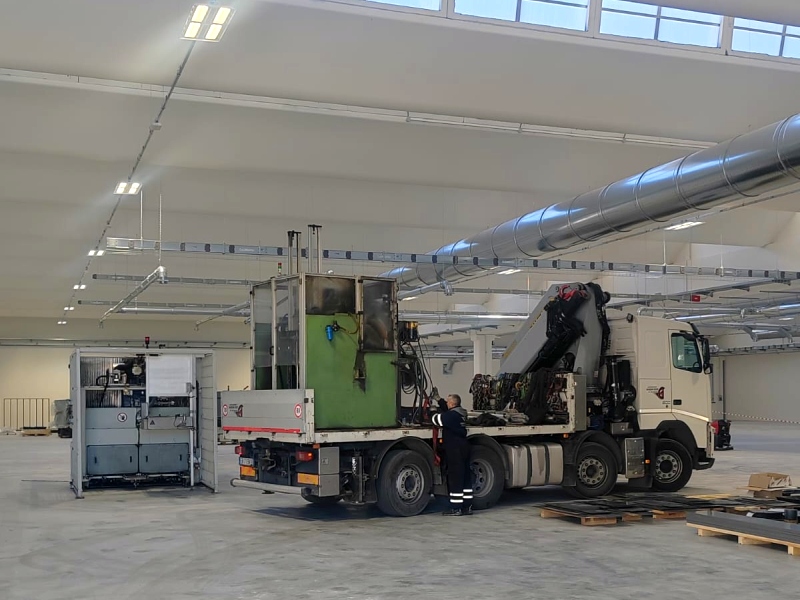
The biggest challenge is to manage the relocation without interrupting production. We cannot afford any significant breaks, considering that we have over 50 machines to move.
The relocation will take at least two or three months, but we are planning a gradual approach, working by zones: we will stop a section, move it, reactivate it at the new location, and so on.
This method will allow us to ensure continuity in production, avoiding delays in deliveries or the rejection of new orders, which is crucial to maintaining customer confidence.
The new premises will offer doubled space, allowing us to optimise logistics and improve production flow. The greater organisation of space will have a positive impact on overall efficiency and will give us the opportunity to make investments in machinery and technology, which were not possible now due to space limitations.
Although the benefits of these investments may not be immediate, we are confident that in the medium to long term, subject to market trends, they will enable us to further improve the efficiency and competitiveness of our production area.
The new premises will have optimised space and layout. How do you plan to organise production flows and what technologies do you plan to implement to support business growth?
The organisation of production flows in the new location will be closely linked to automation, which is indispensable today. The shortage of manpower inevitably pushes towards automation, and the expansion of space will allow us to integrate new autonomous machinery.
This will lead to an overall improvement in efficiency, ensuring greater productivity and precision. The new layout will be designed to optimise the flow of work, reducing waste of time and space and creating a smoother production line.
In summary, the expansion of space, the optimised organisation of production flows and the implementation of automation technologies will be closely interlinked and will contribute synergistically to improved company performance and business growth.
A change of location also requires an adaptation on the part of the production team. How are you preparing employees for this transition?
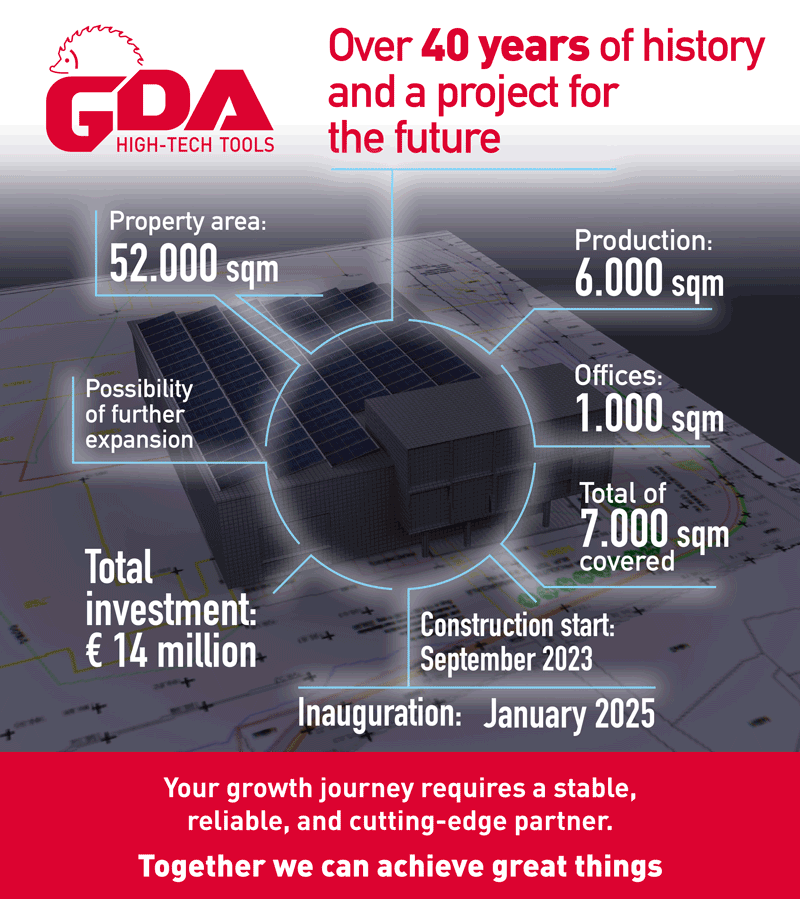
We are aware that the change of location will require adaptation by the production team. We are coordinating with all employees for the relocation.
Existing machines will be transferred to the new location and will be joined by new machines: from then on, we will organise training and refresher courses for staff, which are usually provided by the manufacturers of the machines themselves at the time of purchase.
During these courses, employees will learn how to use the new technology, also with the support of more experienced colleagues.
Experience teaches us that training through specific courses is essential to ensure the correct use of machines, especially considering the growing electronic component and the complexity of modern technology.
Even at the maintenance level, it is becoming increasingly difficult to ‘make do’ independently, as machines have become ‘packages’ that require specialised skills.
In the meantime, we are working on improving the skills of the production team in other areas, such as quality and non-conformity management.
We are aware that this is a long and demanding process, considering the challenges of moving to new premises, but we are determined to continue it to ensure the efficiency and competitiveness of our production area.
To conclude, what are ‘s main goals Iuri Cadei for the next 3-5 years?
This question reminds me of those in job interviews, when they ask you ‘what are you going to do when you grow up’. The truth is that the world changes so fast that making long-term predictions becomes complicated.
For example, when I joined GDA two years ago, I told the owners that one of their biggest challenges would be to find qualified personnel.
They were a bit sceptical at the time, but today they recognise that I was right. The problem is real, and I see it too: although I am not looking for a job, I happen to be contacted by companies that have difficulty finding employees.
It is a paradigm shift from the past, when it was the workers who were afraid of losing their jobs. Now it is the other way around, with companies having difficulty finding labour.
As for me, I consider myself lucky with my position currentand want to focus on the challenge of the present. I am very satisfied with what I am doing and what doing. I am confident in the stability of GDA and a positive future for the company.
